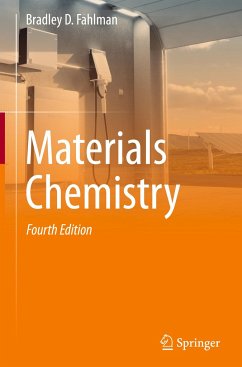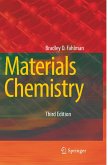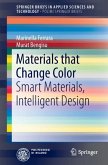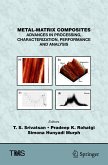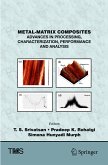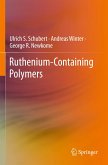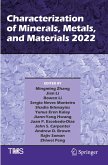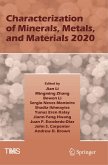This award-winning textbook delivers an earnest and comprehensive treatment of the rapidly evolving field of Materials Chemistry. It addresses inorganic-, organic-, and nano-based materials from a structure vs. property treatment, providing a suitable breadth and depth coverage of the field-in a concise and accessible format.
The updated 4th edition features significant updates to glasses and ceramics, solid-state impurities, nanomaterial toxicity, as well as materials used in energy storage, photovoltaic, and electronics applications. Advanced fabrication techniques such as additive manufacturing (3-D printing) and dynamic light scattering (DLS) characterization of suspended nanoparticles are now also included. This new edition also expands the coverage of sustainability and life cycle analysis, of increasing importance for a world plagued with the effects of climate change.
Recognized by a 2008 Textbook Excellence Award from the Text and Academic Authors Association (TAA), Fahlman's Materials Chemistry is ideal for upper-level undergraduate students, as well as first-year graduate students in chemistry, physics, or engineering fields, and may also serve as a valuable reference to industrial researchers. Each chapter concludes with a section that describes important materials applications and an updated list of thought-provoking questions.
The updated 4th edition features significant updates to glasses and ceramics, solid-state impurities, nanomaterial toxicity, as well as materials used in energy storage, photovoltaic, and electronics applications. Advanced fabrication techniques such as additive manufacturing (3-D printing) and dynamic light scattering (DLS) characterization of suspended nanoparticles are now also included. This new edition also expands the coverage of sustainability and life cycle analysis, of increasing importance for a world plagued with the effects of climate change.
Recognized by a 2008 Textbook Excellence Award from the Text and Academic Authors Association (TAA), Fahlman's Materials Chemistry is ideal for upper-level undergraduate students, as well as first-year graduate students in chemistry, physics, or engineering fields, and may also serve as a valuable reference to industrial researchers. Each chapter concludes with a section that describes important materials applications and an updated list of thought-provoking questions.

